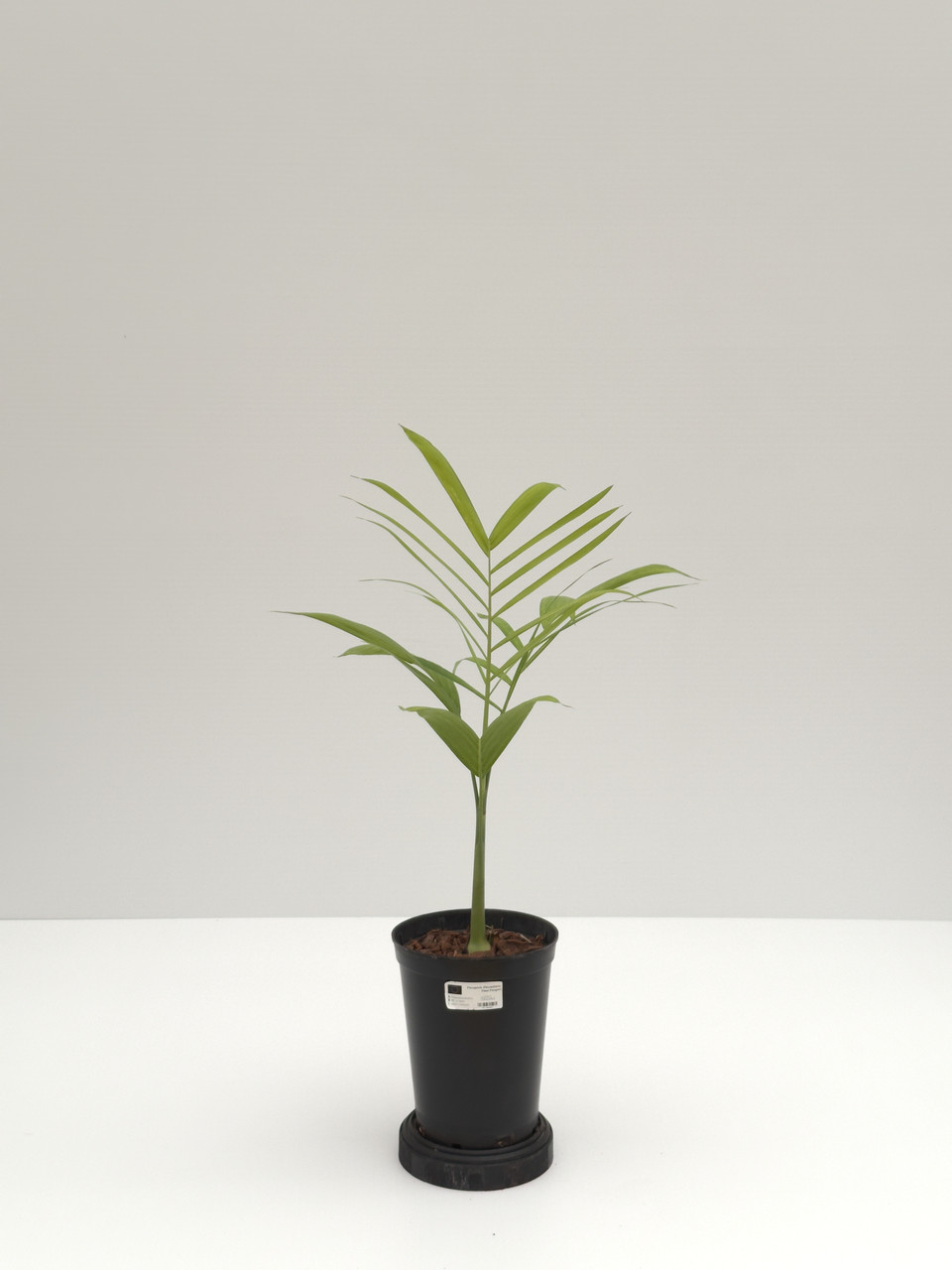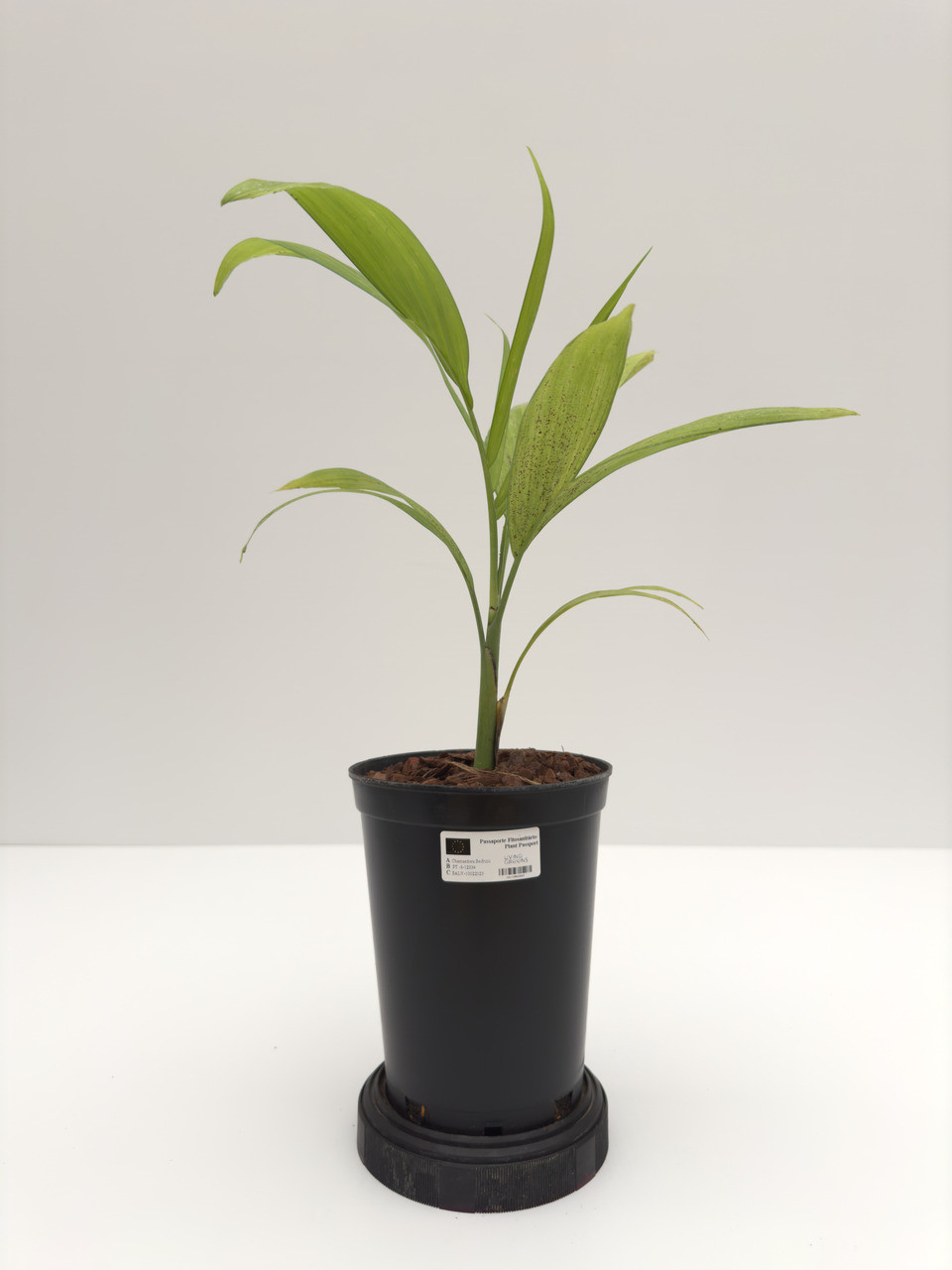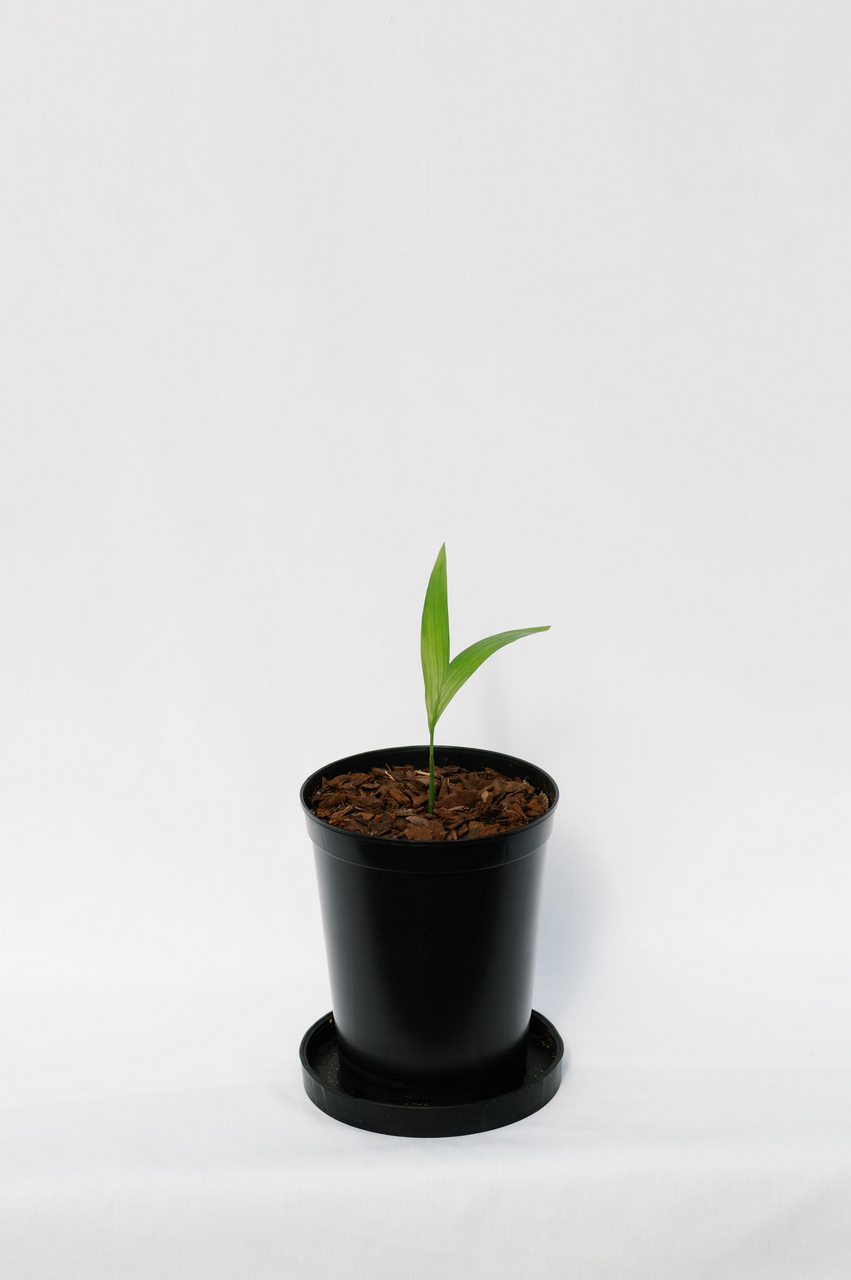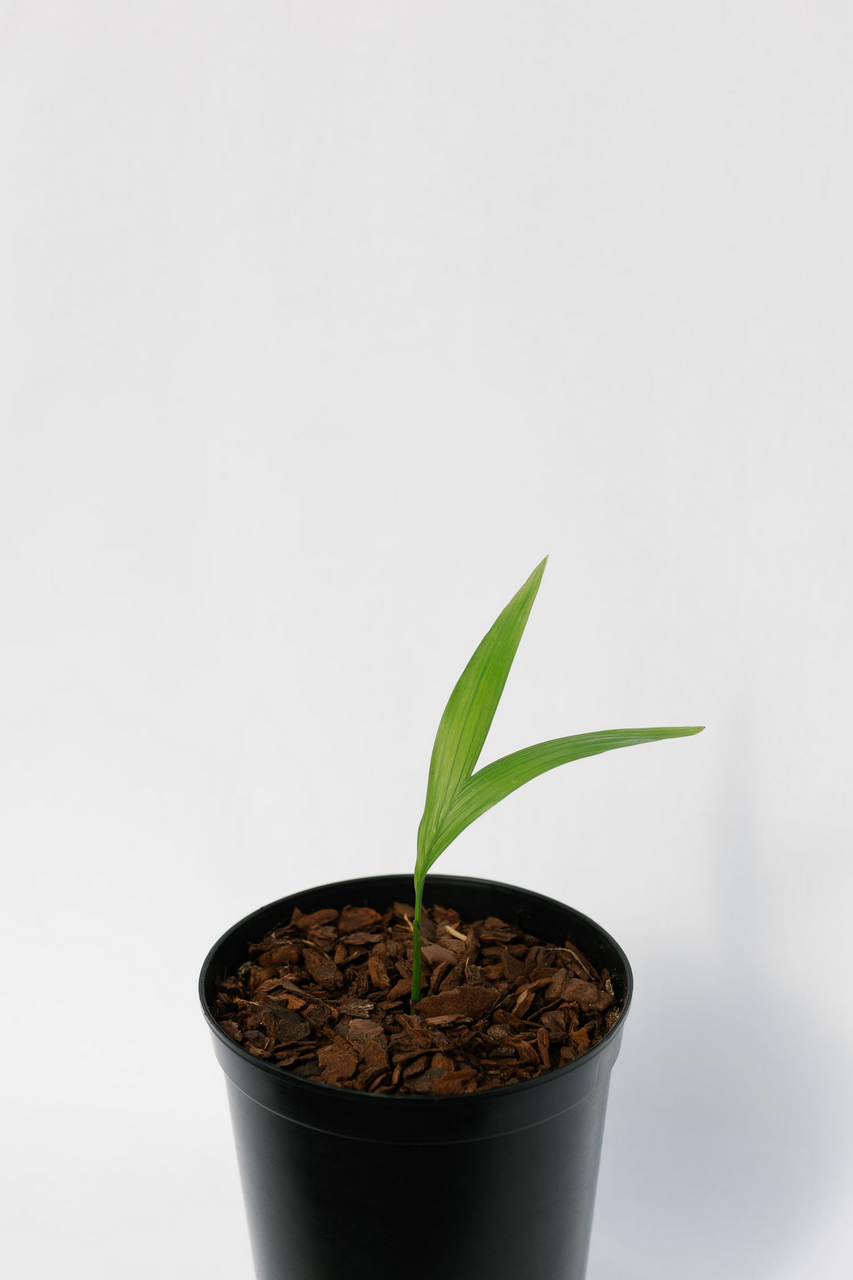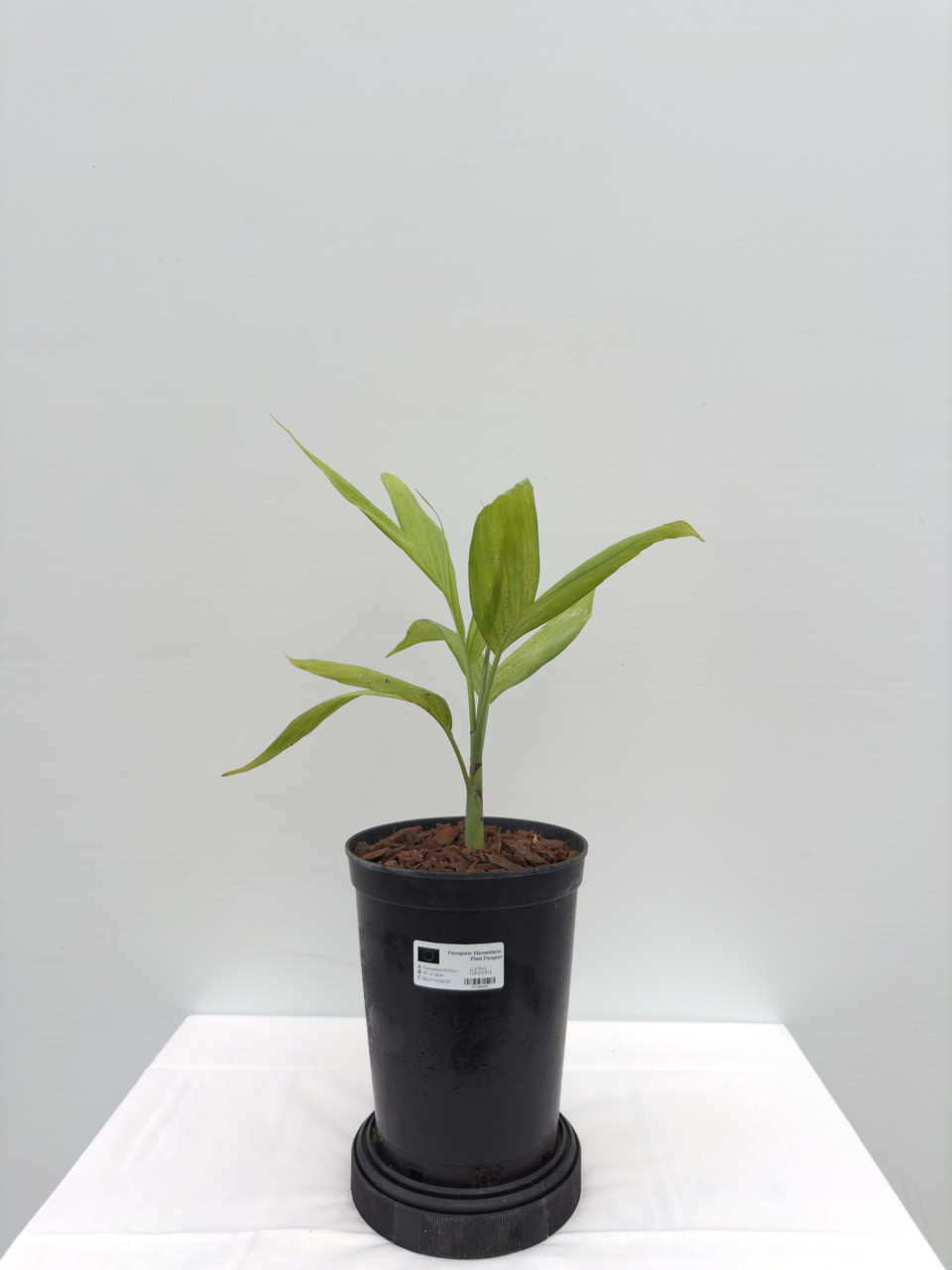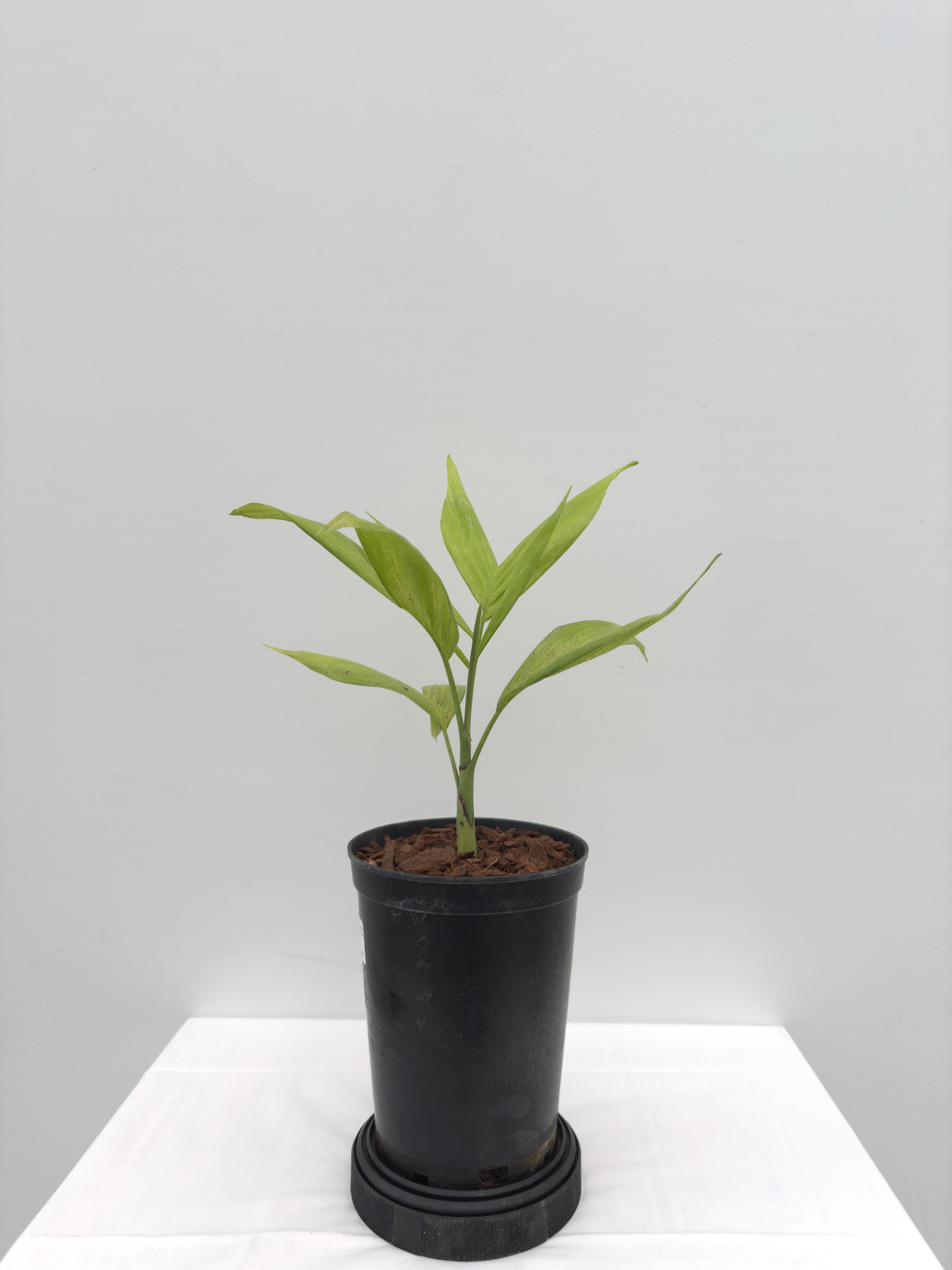Product Description
Habitat and Distribution
Chamaedorea seifrizii is found in Native to Mexico and Central America. Belize, Florida, Guatemala, Honduras, Mexico Southeast. MEXICO. Campeche. Quintana Roo. Tabasco. Yucatan. BELIZE. Belize. Cayo. Corozal. Orange Walk. GUATEMALA. Peten. HONDURAS. Islas de la Bahia. Open or dense, moist woodland or forest; to 500 m elevation; often on limestone. (Hodel, D.R. 1992)
Description
Has long bamboo-like canes. The canes grow to form a dense clusters of fronds with, dark green to grey leaves. Chamaedorea seifrizii, resembles bamboo in appearance.
It grows to about 7 feet. Usually plants sold in nurseries or seen in collections are clustering with about 20 or 30 individual plants. Each stem is long and slender with "nodes" very similar in appearance to Bamboo. Although plants are commercially clumped together to form shrub-like specimens, this palm naturally spreads by suckers or offshoots also similar to Bamboo. The stems are tall and have about 10-15 fronds each with about 12 dark green pinnate leaflets. As the old fronds die, these should be trimmed off and the leaf bases or sheath allowed to dry out. Later these should be removed as this promotes good plant hygiene and exposes the attractive light green "bamboo stem".
Culture
Very easy to grow and maintain. As with most palms, the soil should be well drained. Applying household fertilizer in the summer months will keep these palms green and healthy. The main insect problem with this palm is Spider Mite, which usually occurs in very dry areas indoors mostly in the winter months. As the webs produced are virtually invisible until it has damaged the plant significantly, a light but thorough spray mixture of water, alcohol and Safer's Soap applied once a week should prevent this. Mealy Bug, Scale, Gliocladium blight and Phytopthora bud rot can also affect this palm but they far less commonly seen. Light: Thrives in low indoor light but can tolerate some sunlight if acclimated. Moisture: Keep evenly moist but not consistently wet. Hardiness: USDA Zones 10 - 12. Propagation: By seed which takes 6 months or more to germinate. Propagation by removing the suckers or offshoots from the parent plant is also
Comments and Curiosities
Chamaedorea are dioecious, male, and female flowers, on separate plants.
Etymology: Honors the collector of the type, William Seifriz.
The flesh of the fruit can irritate the skin and should not be handled.

